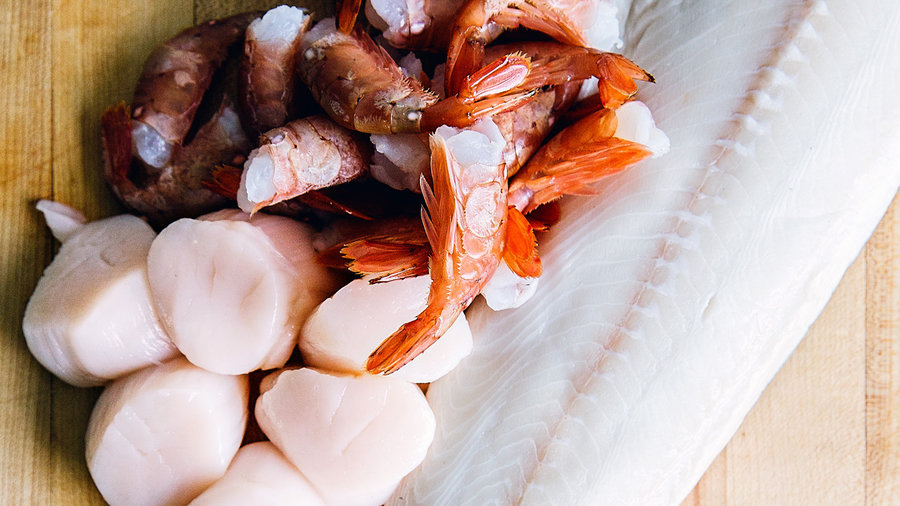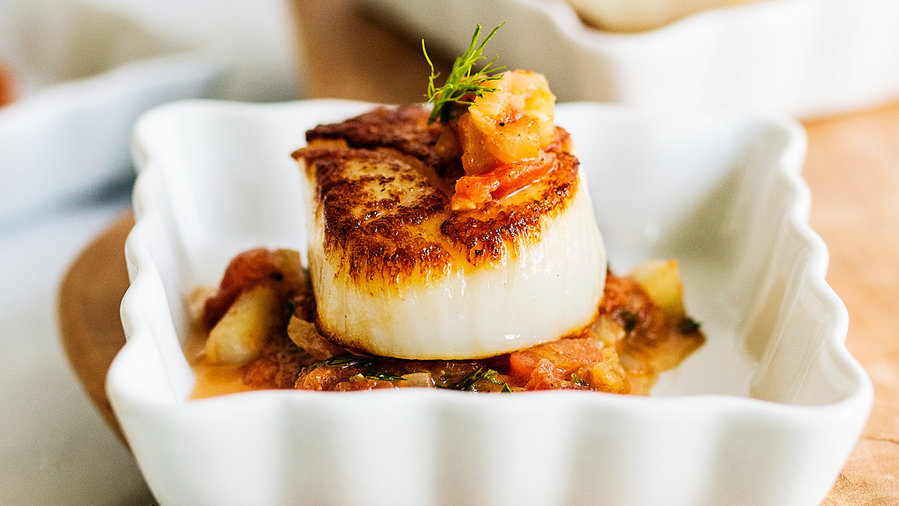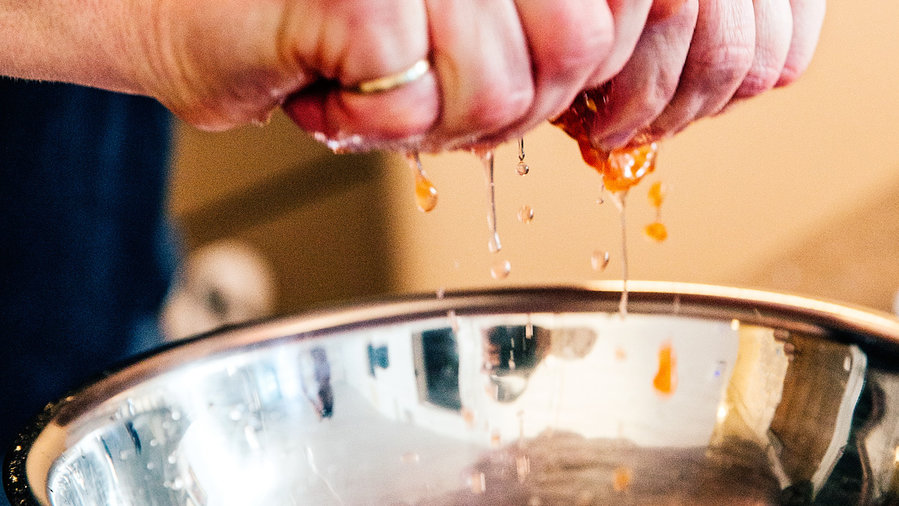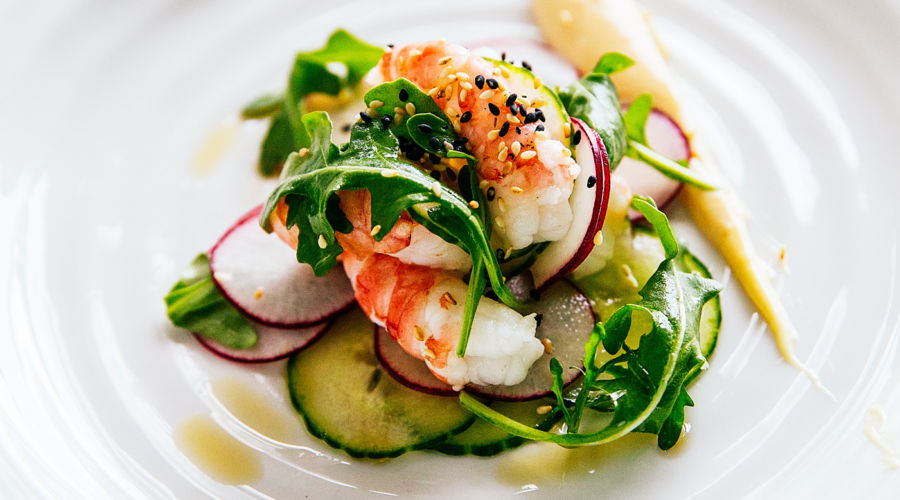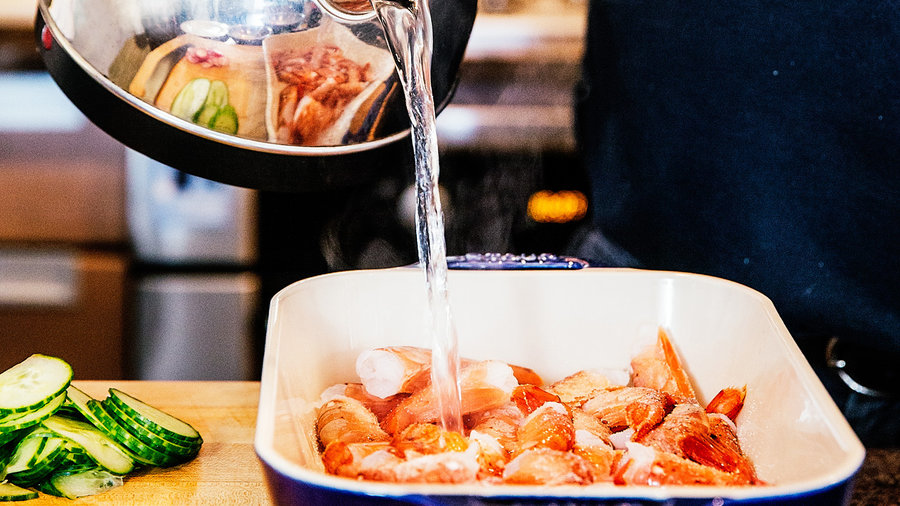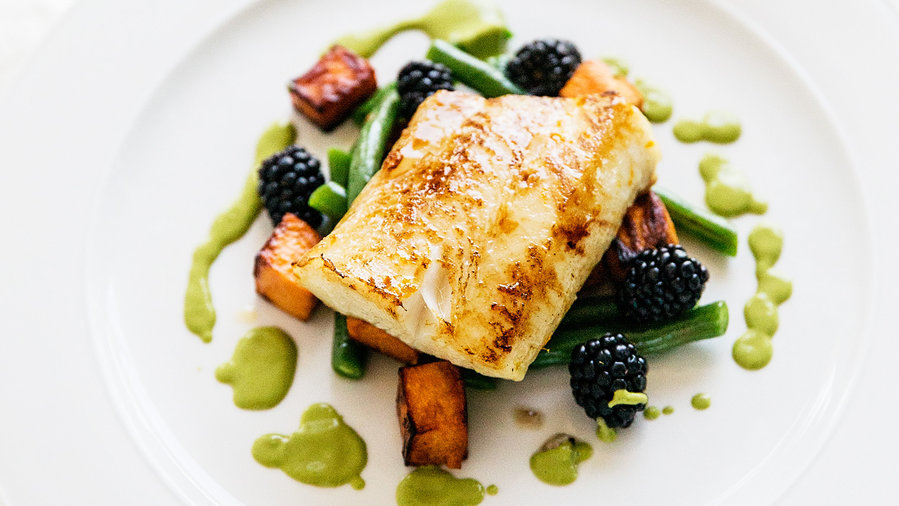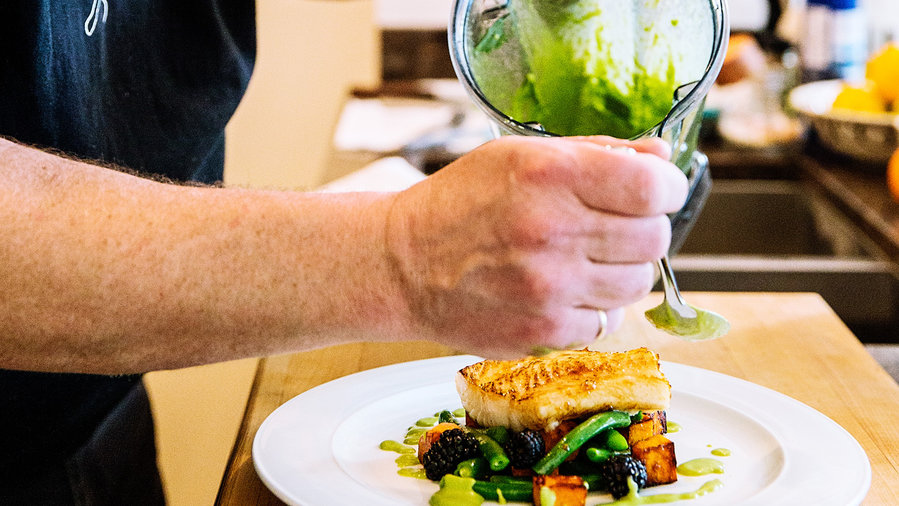Thomas J. Story
Seafood smarts
Before “sustainable seafood” even entered our lexicon, Robert Clark was on a quest for better fish. In the late ’90s, disappointed by the declining quality of Chilean seabass, he turned to sablefish, a more reliably luscious white fish—which happened to be responsibly harvested. Clark, then executive chef at C Restaurant in Vancouver, B.C., discovered that thoughtful fishing had big dividends for the cook. “The quality is almost always better,” he says.
He changed his menu accordingly, and in 2005 he helped found the Vancouver Aquarium’s Ocean Wise program to encourage other chefs to do the same. In summer 2013, he’s opening a sustainable seafood market called The Fish Counter with partner Mike McDermid, manager of the Ocean Wise program. “We need to remove barriers that keep people from cooking seafood at home,” says Clark, who plans to share his techniques (including those here) with customers. “A lot of people just want to know, ‘How do you get fish to taste so good?’ ”
Thomas J. Story
Buy the best
In the West, Clark says, you can’t go wrong with these three delicious, responsibly harvested picks. And don’t discount frozen seafood. If it’s flash-frozen at sea, says Clark, “it can often be better than fresh.”
Dry-packed (or “natural”) sea scallops. Wet-packed scallops are injected with a preservative; snow-white and wet, they steam instead of browning. Dry-packed, on the other hand, are additive-free and a pinkish coral hue, and brown beautifully. Season: Year-round (avoid in late spring, after they spawn). Wild scallops are good alternatives.
Spot prawns. Named for the white dots on their shells, spot prawns are sweeter and more delicate than other varieties. “You won’t need to mask their flavor with cocktail sauce,” says Clark. They’re sometimes available fresh and live, but frozen headless ones are easier to find. Season: Late spring through summer.
Sablefish (black cod). “It’s a great ‘starter’ fish: rich, buttery, lovely,” says Clark. “And it’s hard to overcook.” A small number of fish have a hard-to-detect enzyme that turns them to pudding when cooked; ask your purveyor to reimburse you if this happens. Season: Year-round; order ahead if your fish market doesn’t stock it regularly.
Thomas J. Story
Seared Scallops with Tomato-Fennel Relish
Clark sears these scallops quickly, so they develop a golden brown crust but stay tender and medium-rare inside. The relish is also terrific on toast, in an omelet, and with lamb.
Thomas J. Story
Scallop recipe tips
For the produce prep, Clark shares, “To seed the tomatoes, simply cut them in half and squeeze.”
Watch a visual demonstration of Chef Clark cooking the complete dish.
Thomas J. Story
Spot Prawn Sesame Salad
Clark uses a novel technique for the prawns: Instead of poaching them in a traditional court bouillon (seasoned broth), he steeps them briefly in boiling water, which highlights their sweet taste. He suggests buying radishes at the farmers’ market, which often has varieties in distinctive colors and flavors.
Recipe: Spot Prawn Sesame Salad
Thomas J. Story
Prawn recipe tips
“A porcelain baking dish is ideal for poaching, since it holds the heat well,” advises Clark.
Watch a visual demonstration of Chef Clark cooking the complete dish.
Thomas J. Story
Pan-Roasted Orange Maple Sablefish
Clark sears the fish on the stovetop first, so the sweet glaze forms a golden crust, and flips it to crunch up the skin. He finishes it in the oven to roast gently.
Thomas J. Story
Fish recipe tips
On fish prep, Clark shares, “Marinate flesh side down so the skin stays dry; it’ll crisp better in the pan.”
On the fish’s flavor profile, he adds, “Sablefish goes well with a bit of sweetness, like yams, and a bit of acid—like this herb vinaigrette.”

